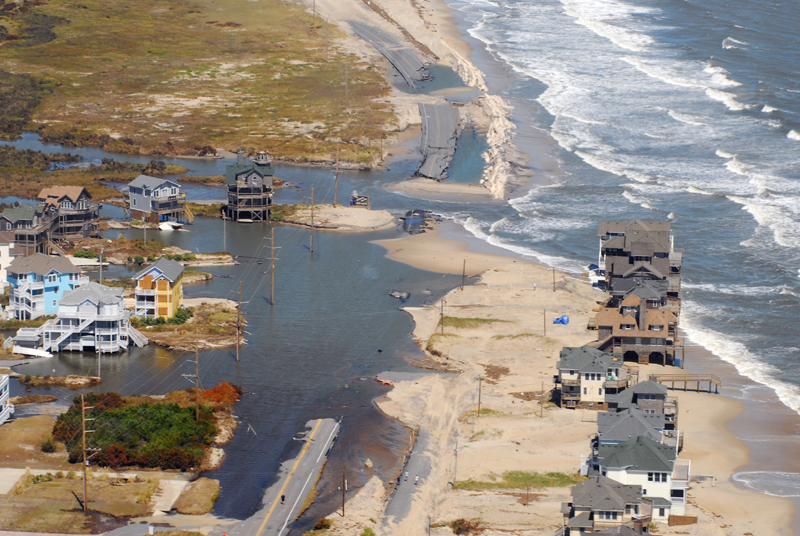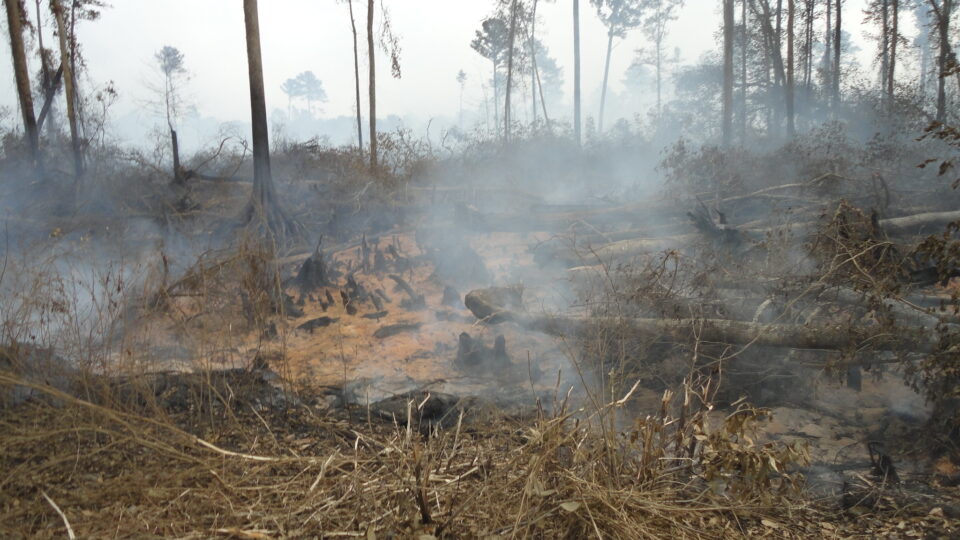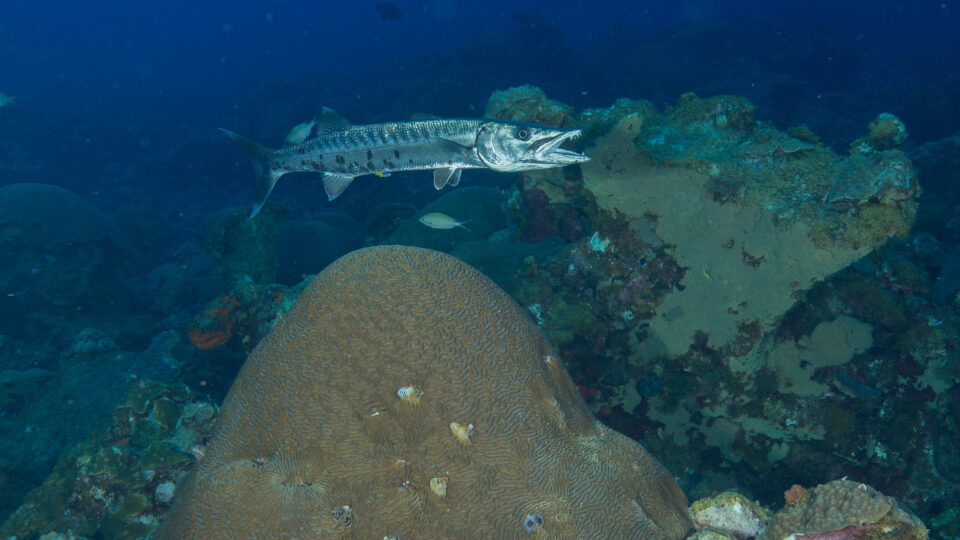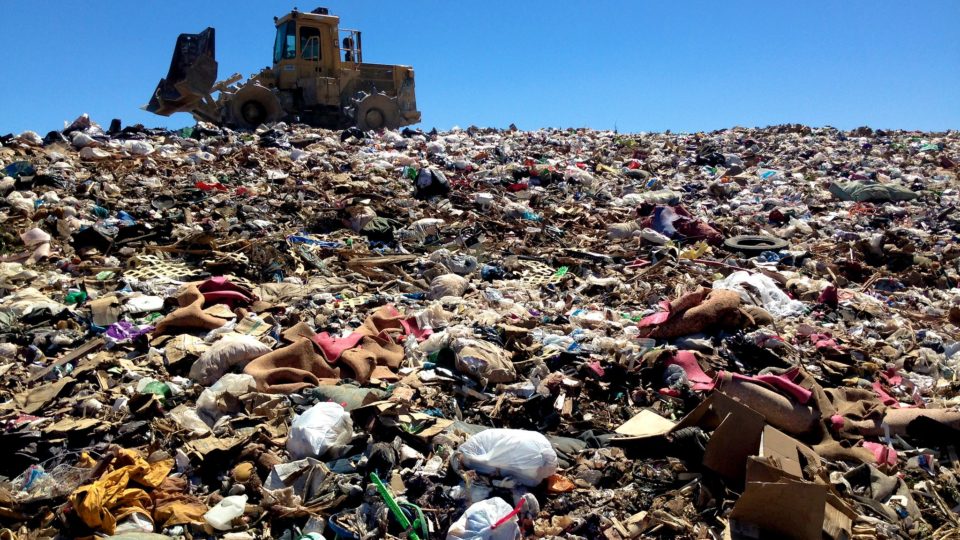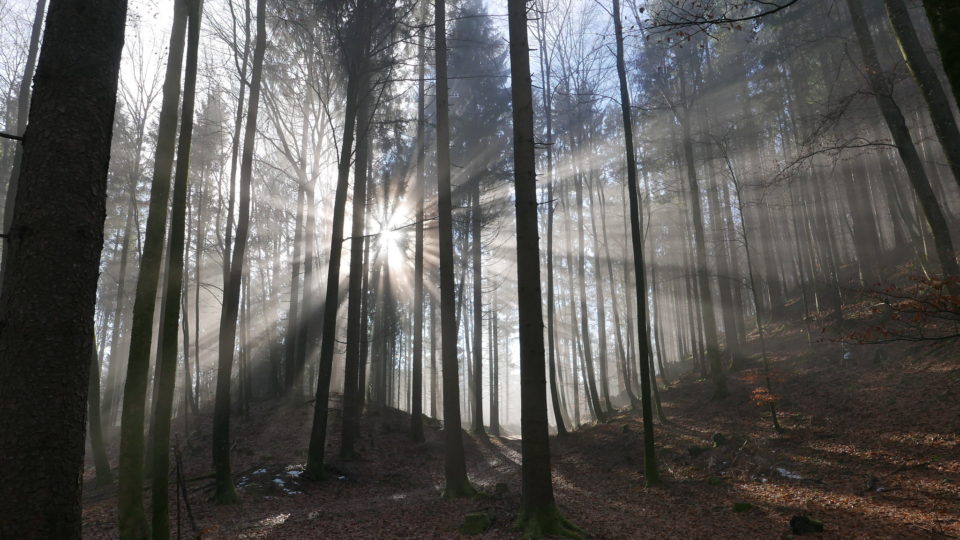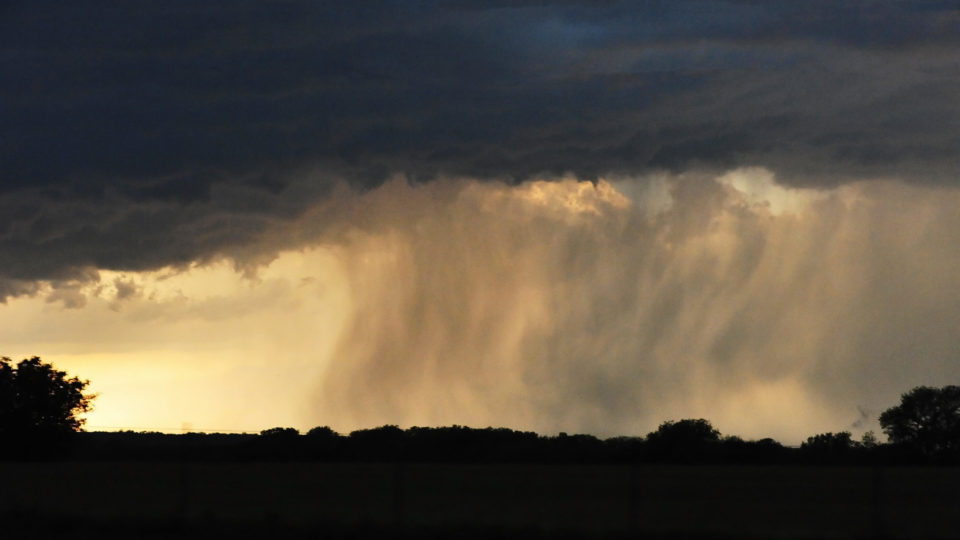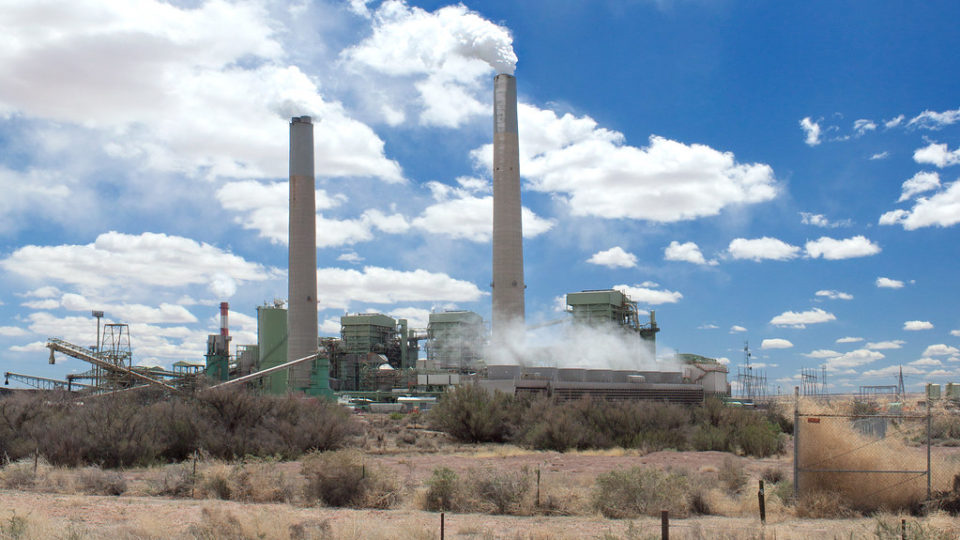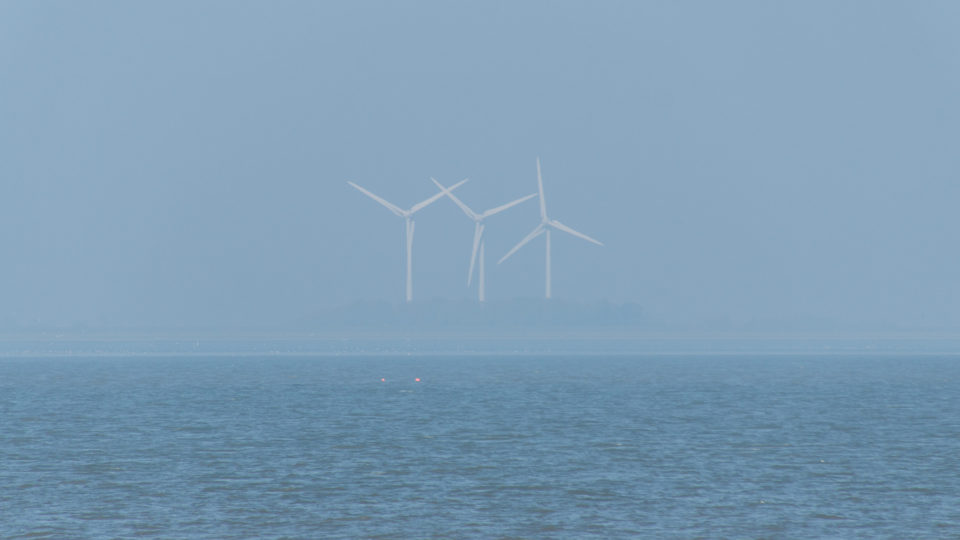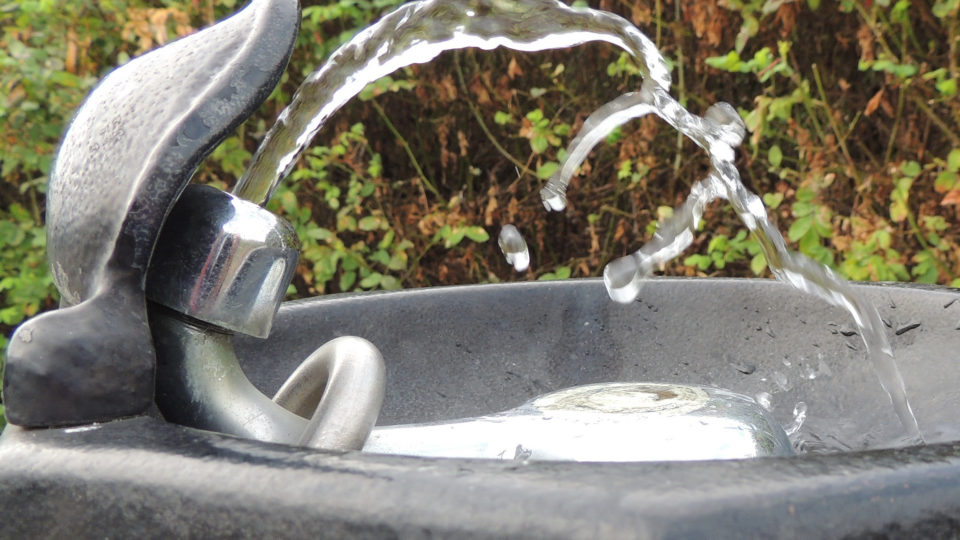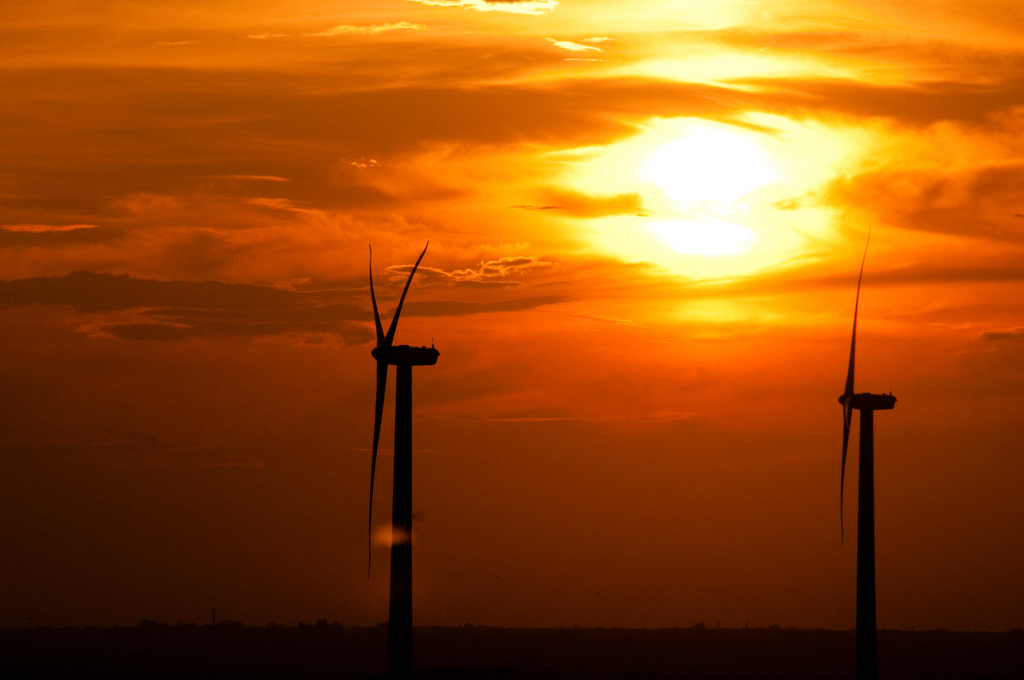There are currently only two small offshore wind farms operating in the United States, but there are now several more under construction or in the permitting process. Substantial wind farms are expected to come online over the next five years off the coasts of Virginia, New Jersey, Massachusetts. North Carolina, Delaware, Rhode Island, and New York. There has been a recent auction for offshore wind sites off the California coast as well.
In April, the Bureau of Ocean Energy Management issued its Gulf of Maine Call for Information and Nominations, inviting public comment and assessing the interest in areas offshore of Maine, New Hampshire, and Massachusetts. This is the first official step in the lengthy process that leads to offshore wind development in new areas. Last year, the Department of the Interior defined an area of about 13.7 million acres in the Gulf of Maine that could end up providing energy leases for windfarm development.
The Biden administration has set a goal of deploying 30 gigawatts of offshore wind electricity generation by 2030, which is enough to power more than 10 million homes. It would also create thousands of jobs across manufacturing, shipbuilding, port operations, construction, and other industrial sectors. Existing offshore wind projects have been structured to develop American-based supply chains for the offshore wind industry.
The European Union currently has over 15 gigawatts of installed offshore wind, has a target of 60 gigawatts by 2030, and 300 gigawatts by 2050. The EU has five substantial sea basins which have tremendous potential for wind energy generation. As a result, offshore wind is the centerpiece of the ambitious European Green Deal.
**********
Web Links
U.S. moves to develop offshore wind in the Gulf of Maine
Photo, posted August 31, 2022, courtesy of Nina Ali via Flickr.
Earth Wise is a production of WAMC Northeast Public Radio

